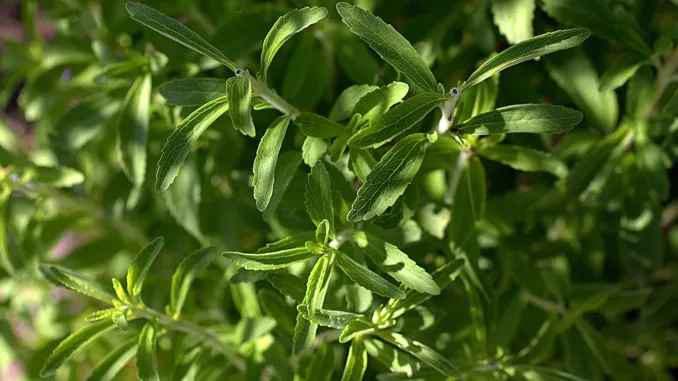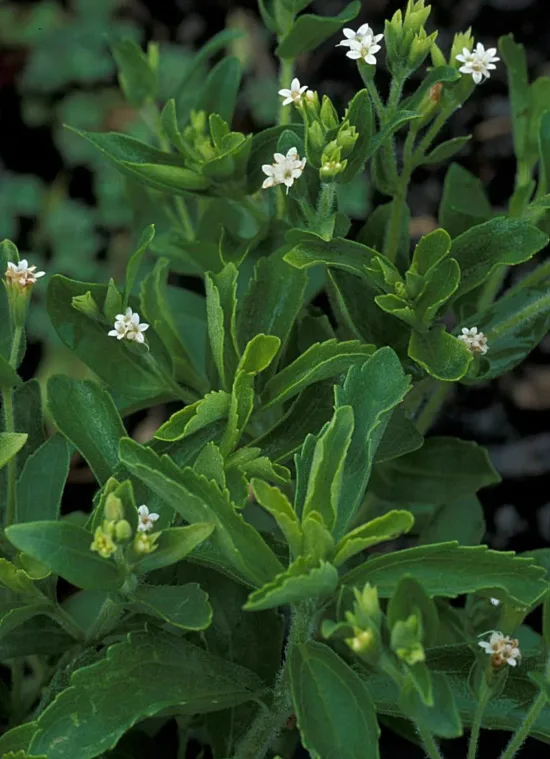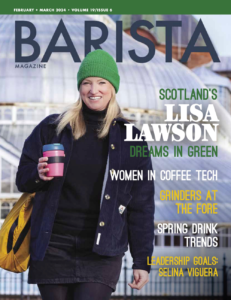
Ever questioned how stevia got here to be as not unusual as sugar? These days, we’re tracing its adventure from South The usa to all over the world.
BY EMILY JOY MENESES
BARISTA MAGAZINE ONLINE
Featured photograph via manuel m. v. by means of Flickr
You spot the ones acquainted inexperienced packets all over the place: on café counters, along cups of black espresso on the diner, stashed for your grandparents’ cabinet. In this day and age, stevia is as not unusual as undeniable previous sugar. However how did the sugar substitute turn out to be such an integral a part of our day-to-day espresso rituals?
These days, we’re speaking all about stevia’s origins: the nations it’s local to, the way it used to be ate up in earlier period, and the techniques wherein its use has advanced during the last few hundred years. Learn on to be told extra about this ubiquitous sweetener.
Origins
Stevia comes from the leaves of the Stevia rebaudiana plant, which is local to the area of South The usa the place Paraguay, Argentina, and Brazil meet. The perennial plant does easiest in heat, semi-humid environments and desires no less than six hours of complete daylight on a daily basis to thrive. These days, maximum stevia enlargement and manufacturing takes position in South The usa and Asia.
Historical Use
Stevia intake will also be traced again to masses of years in the past, when indigenous South American citizens would bite at the plant’s leaves as a deal with. The Guaraní other folks of South The usa referred to stevia as ka’a he’ê, that means “candy herb,” and sought it out as a herbal medication to lend a hand keep an eye on their blood sugar. It wasn’t till Spanish botanist and doctor Pedro Jaime Esteve got here around the herb that he named it after himself, giving it the identify “stevia.”

Industry Over the Centuries and Commercialization
Previous to colonization, the indigenous peoples of South The usa had by no means domesticated the plant. In 1971, business stevia manufacturing started in Japan (whose executive, on the time, had not too long ago banned synthetic sweeteners like saccharine). The component temporarily turned into an integral a part of Jap treats. The sweetener grew in reputation, specifically in the USA, all over the Nineteen Eighties. Throughout the Nineteen Nineties and early 2000s, stevia turned into common all over the Western global.
Since the sweetener is low in energy and doesn’t have an effect on blood sugar as significantly as common sugar, stevia turned into a go-to for health-conscious shoppers. Then again, how “wholesome” the component in fact is stays broadly debated, with some nutritionists stating that overconsumption can result in larger possibility of center assault or stroke.
The use of Stevia These days
These days, China ranks primary globally for stevia exports, with maximum in their provide going to Japan. International, the sweetener stays a go-to component for the ones with diabetes or any individual on the lookout for a more fit selection to sugar.
Relating to style, stevia is way sweeter than sugar, so it’s recommended to interchange each 1 teaspoon of sugar with about an 1/8 of a teaspoon of stevia. Stevia additionally has a somewhat natural, licorice-like, and sour style—one thing to bear in mind when incorporating it into your beverages and/or recipes.
ABOUT THE AUTHOR
Emily Pleasure Meneses (she/they) is a creator and musician based totally in Los Angeles. Her spare time activities come with foraging, cortados, antique synths, and connecting together with her Filipino roots via track, artwork, meals, and beverage.
Subscribe and Extra!
Out now: It’s the February + March 2024 factor of Barista Mag! Learn it free of charge with our virtual version. And for greater than 3 years’ value of problems, discuss with our virtual version archives right here.
You’ll be able to order a difficult reproduction of the mag via our on-line retailer right here, or get started a subscription for three hundred and sixty five days or two.


Leave a Reply